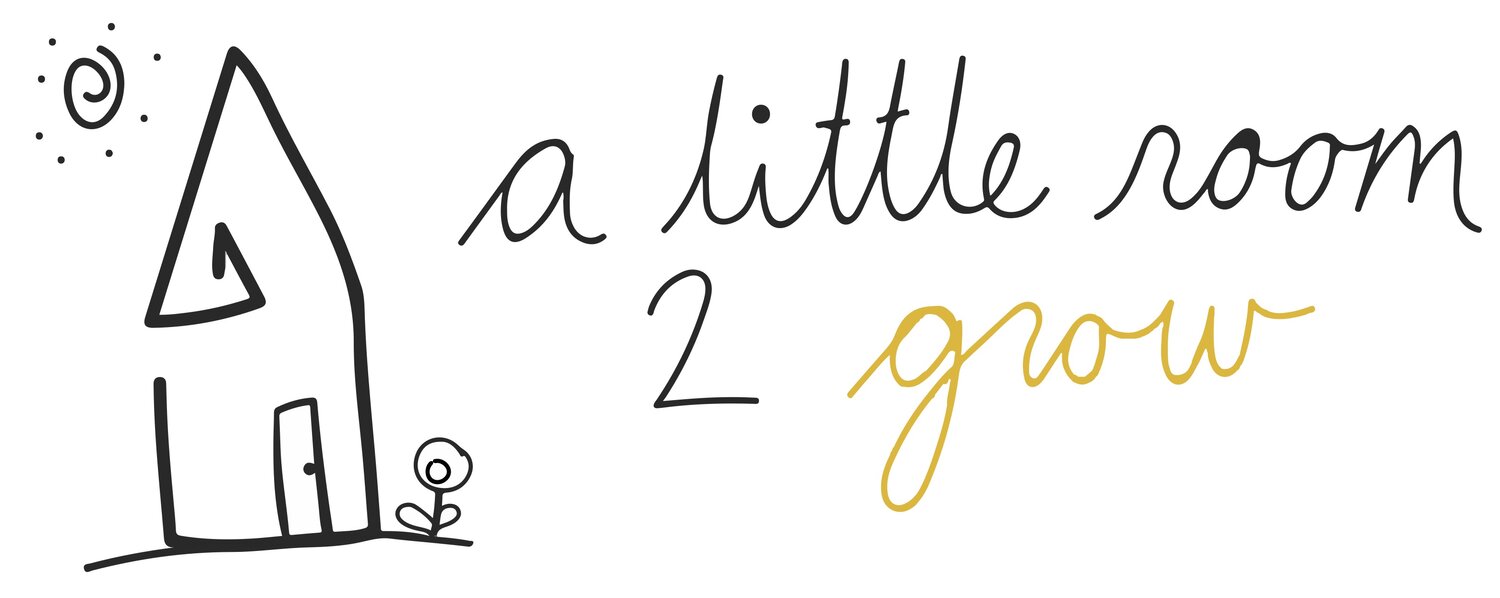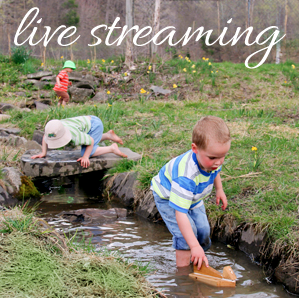How to Create a Montessori-Inspired Kitchen
/The kitchen space holds many valuable practical life skills that support your child’s mental and motor development.
By creating a Montessori-inspired kitchen space you will provide your child the opportunity to prepare a simple snack and cleanup after eating which aids coordination and concentration skills right at home.
It may seem unrealistic to expect your toddler or preschooler to clean up after eating but the Montessori classroom environments proves they are capable, only if expected! If your child attends a Montessori school creating this space in their kitchen will only encourage practicing the skills they have already acquired at school.
Its important to know what your intentions are in creating this space, think about what task you would like for your little one to do on his own and be sure your committed to showing him how to accomplish these task independently we like to call these opportunity (Growing Moments).
To start, the kitchen space requires some items to be placed at your child’s reach (view image above). You can choose a small section in the kitchen that is designated for your child’s kitchen belongings (cups, plates, utensils etc) only. Since the items will be at your child's reach, you can expect they will show an interest to use them... this means your guidance is needed to show how to properly use the items and how to handle them gently.
4 Steps to Set-up The Kitchen
1. Pick a space: Find a place you are willing to dedicate for your child’s belongings. It should be a cabinet or drawer that he may safely reach without your assistance.
2. De-clutter: Rid of any plates, cups and utensils your child has out grown. In a Montessori setting it is ideal to use realistic materials like glass, metals and porcelain instead of plastic. If you are seeking to create a true Montessori-inspired space you will need to replace any plastic items for glass, metal or porcelain. Yes your child can handle it! Believe your child is capable of handling delicate materials with your guidance and she will learn.
3. Gather: Gather the items suggested below with any other tableware you wish to keep. But remember you are creating a simplistic space so be selective with what you put out. If you don't feel comfortable offering glass or porcelain options, you can start with one or two options until your little one gets the hang of it!
4. Set-Up: Set up the space in a way that is functional for your child’s daily use.
Below is a short list of items you will need to gather to create a Montessori-inspired kitchen: Again, these items must be set up at your child’s height and accessible so that he can safely and easily reach he needs in order to accomplish self-care tasks.
Child-Size Eating Table
Sturdy Step Stool
Small Broom & Dust Pan
Table Wear Cup & Plates (made from glass, metal or porcelain)
Cloth Napkins & Small Spray Bottle (with water in it to clean-up little messes)
If you wanted to extend the space by adding more options you can add items like this:
Small Spread Knife (for crackers and bread)
Containers for Pre-divided Snacks (small containers filled with snacks you prepare for the refrigerator or pantry)
Hand Size Chopper (with rounded edges to cut soft fruit)
Small Beverage Pitcher (to self serve a drink)
Tips!
It’s important to provide you’re little one step-by-step instructions on how to complete a self-care task in this kitchen space so he work at accomplishing a simple task independently.
Include him when you’re cooking in the kitchen this will help him learn self control and how to move about the kitchen space safely.
Show your child how to complete one simple snack like serving yogurt and granola, then move on to making a sandwich etc. Your little one will feel like a champ once she can serve a drink or make a snack all on her own.


